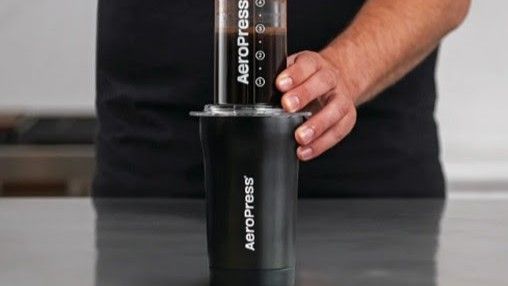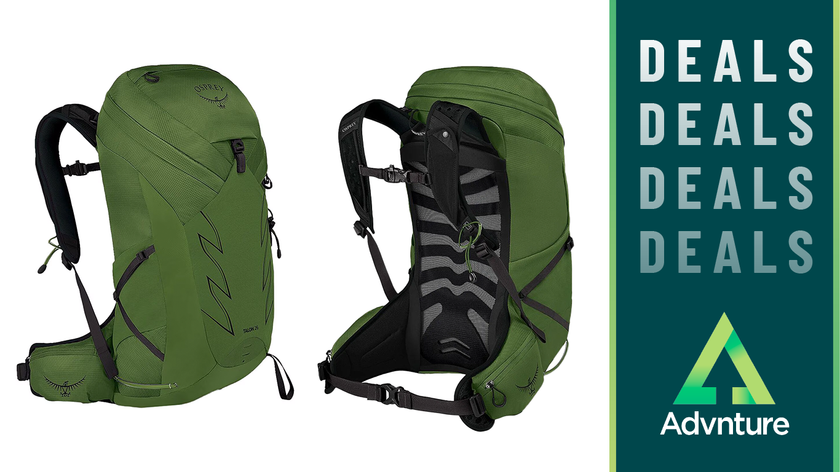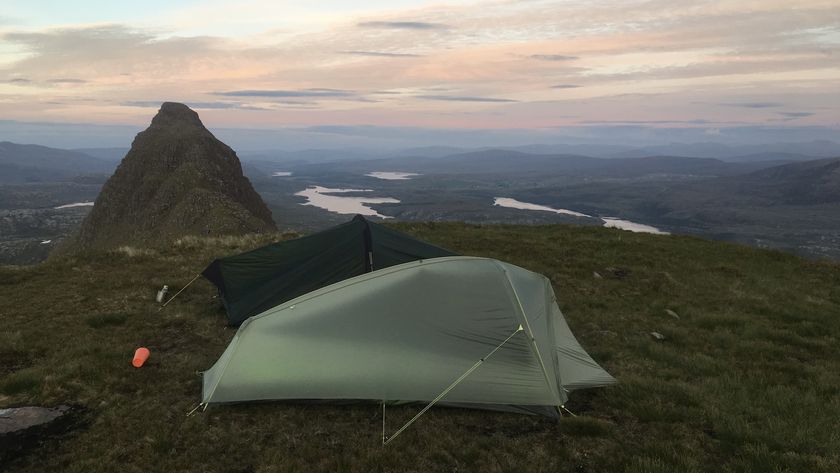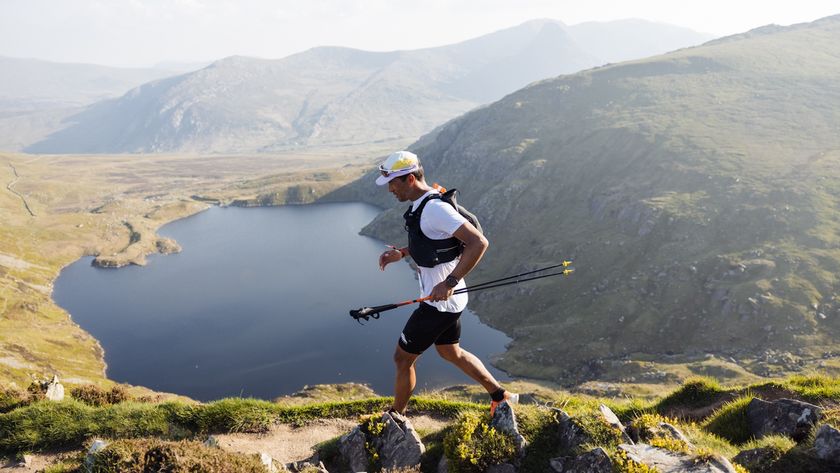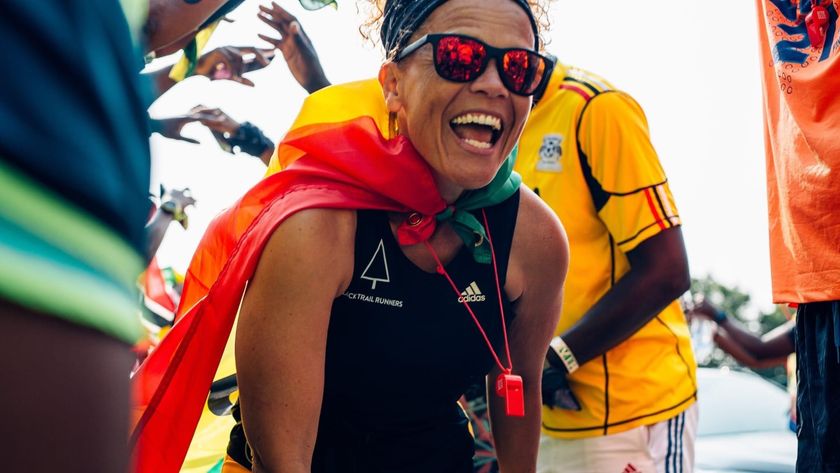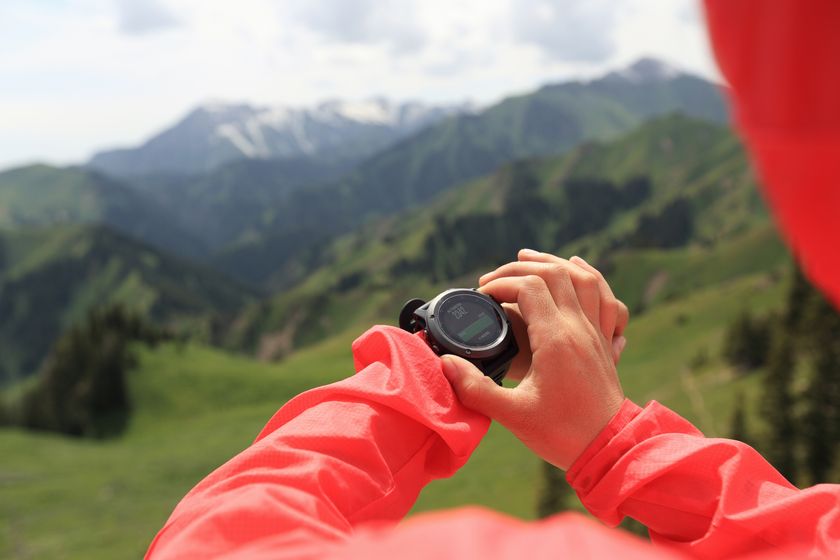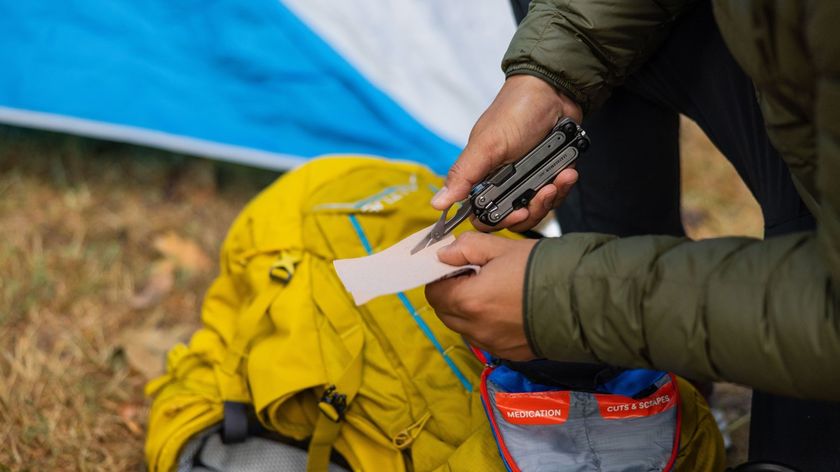Should you buy last season's outdoor gear, or splurge on the latest version?
What to look for – and what to avoid – when considering a purchase from last year's collections
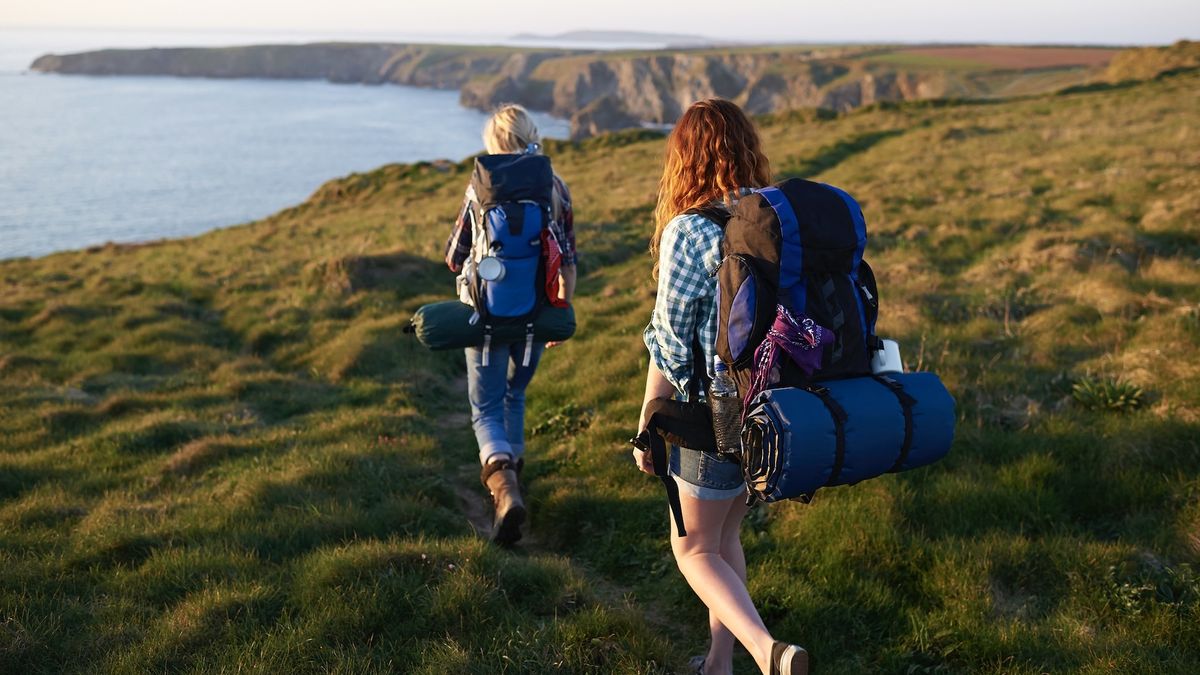
New kit, whether that is clothing or equipment for outdoors activities, can be expensive, right? While it’s fair to say that most of us could probably make products last a bit longer, such as wearing a waterproof jacket that has faded with time and daylight, or making do with a baselayer with a hole in it, there are times when items do need to be replaced. Indeed, it is recommended for safety and health reasons to ensure your gear is fit for purpose.
One avenue for buying new kit is to consider last season’s kit. So, rather than going for the latest models or this year’s newest products, you choose to purchase 'old new' stuff. It can be a good way to save money, but are there any downsides?
Last season’s kit: pros of buying old new stuff
One of the major benefits of buying last season’s kit is cost. It’s usually the case that the last model, or the product that is being sold as old new stuff, is cheaper than this season’s gear.
However, many of you will be thinking: “But surely it’s always best to buy the newest stuff or the latest model?” If you are spending a lot of money on a new product, for example, a GPS watch, it might well be important to look at the very newest model to see what you get for your money. After all, technology is developing at a fast pace and there could well be merit in paying as much as you can for the most up to date sports watch.
But you should look closely at exactly what the latest models or updated products really offer. It’s worth asking a few questions and delving a bit deeper to ascertain exactly what it is that has changed or been developed in a new product.
For example, is it the same item of clothing but in a different colour? Are the hiking boots the same as last season’s versions but with a slightly changed shape or in a different range of sizes? Has a brand decided to develop both men's and women's sizes in trail running shoes? Perhaps the model of sports GPS watch has extra functions, for example new mapping capabilities, or a longer battery life. It could also be that one brand has followed in the technological footsteps of a rival brand and produced a very similar piece of kit to last season.
Once you have compared last season’s kit to this season’s products, you can then decide if the updated features are worth the extra money. Sometimes it's worth making a list of the features you most desire and those you can probably live without and then look at the cost differences.
Advnture Newsletter
All the latest inspiration, tips and guides to help you plan your next Advnture!
Buying old new stuff might also mean looking at the second-hand marketplace. Not only will second-hand products be cheaper, but it also means you are making a more environmentally friendly choice. New products, even those that are made as responsibly as possible, inevitably have an impact on the environment so buying old new stuff that someone else doesn't need makes sense.
Do make sure you check that the second-hand products is in good condition and only buy from reputable sources.
Another advantage of buying last season’s kit is that it will be tried-and-tested by the time you buy it. It’s likely there will be reviews for you to consider and, in this way, you will be able to assess whether the product is a good buy, or something that is best avoided. The advantage is you don’t need to trust in what the brands are telling you about their newest product, but you can learn what the actual users think about the item.
Last season’s kit might also be sold in colours and designs that you prefer. Just because it’s the new season's colour, doesn’t mean to say you will love them. Each season, brands and product developers make choices about the “in” colour and designs but just because they have chosen “forest green” or “snazzy pink” it doesn’t mean you will like them. Sometimes, last season’s kit appeals more to a purchaser than the latest version.
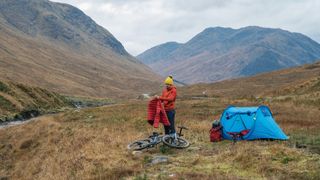
Last season’s kit: cons of buying old new stuff
Buying last season’s kit might be a false economy. It could well be cheaper, but there can sometimes be merit in paying more for the latest version simply because it's superior.
Let’s take a GPS sports watch, for example. Two features that can cost more each season in every updated model is battery longevity and mapping. If it is important to you that your watch battery has the ability to keep going for weeks, rather than requiring a recharge every other day, then it might well be worth the extra money to buy this season’s model. Likewise, mapping and GPS technology appears to be advancing very quickly and the latest models might offer superior potential.
Think carefully, too, about buying second hand when there is a battery in a product. Batteries naturally deteriorate over time, and batteries that have been sitting around will expire after several years even without use. Newer devices are often more efficient in their power usage too.
Some second-hand purchases could prove dangerous. For example, check for wear on the soles of trail running shoes that have been worn by a previous owner. Likewise, if you're buying a waterproof jacket, ensure it is still fit for purpose and will keep you dry when spending time in wet and windy conditions in the mountains. Check for review online to see whether it was well rated when it was new, and bear in mind that you might need to re-waterproof it before heading out (see our guide how to waterproof a jacket for advice).
Some kit is brought to market but then proves to be poorly made or designed. Just because you see an item being sold for what seems like a bargain price, it doesn’t mean it’s worth the money. You could check our extensive reviews of last season’s products before making the decision to buy them.
Another negative that could potentially arise from buying last season's kit concerns the environment. There is a growing emphasis across the outdoors industry on using more eco friendly designs and materials, as well as behaving more ethically.
If you really do need new outdoors clothing or gear, rather than purchasing second-hand or repairing what you have, it's a good idea to look for kit that is designed to have a lower impact on climate change, such as these nine running brands that claim to be more eco friendly.
In some cases, as pressure builds season-to-season for brands to take more responsibility, newer lines might be more ethically and sustainably made. For example, you might want to consider the newest planet-friendly Gore-Tex as a waterproof fabric, or check out brands that have signed up to eco certification such as Bluesign. While you might need to pay more for this season's products, you will hopefully be doing so with a greater eco-conscience. Do beware of greenwashing, though.
That said, older gear might not have been so ethically or sustainably made, but its production can't be undone. It exists now, and might as well be used to prevent it going straight to landfill unsold.

Last season’s kit: pros and cons of buying 'old new' stuff
There is a lot to consider when comparing last season's kit with the season's products so you should take your time to compare cost, design, colours, technology and eco credentials before choosing what to buy.
There are some items of gear and clothing that stand the test of time season after season, which means there is no point in paying more just because it is a new edition. At the same time, there are some new devices and products that include more modern materials or better technological advances and, in these cases, this season's gear really is worth the money.
- How to repair a tent: everything you need to know

Fiona Russell is a widely published adventure journalist and blogger, better known as Fiona Outdoors. She is based in Scotland and is an all-round outdoors enthusiast with favorite activities including trail running, mountain walking, mountain biking, road cycling, triathlon and skiing (both downhill and backcountry). Aside from her own adventures, Fiona's biggest aim is to inspire others to enjoy getting outside and exploring, especially through her writing. She is also rarely seen without a running skort! Find out more at Fiona Outdoors.

